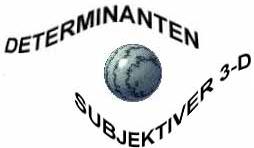
Abstract
The world-wide-web offers a potentially interesting tool to collect data
from a large and heterogeneous audience. While questionnaires have become
rather common on the Internet, its potential reaches far beyond text
processing. In principle, it is not only possible to perform interactive
experiments on the web, they can also include graphical animation and
time critical responses, such as reaction times. We implemented a visual
motion extrapolation task on the web using the programming language Java,
which can be interpreted by standard web browsers such as Netscape or
Internet Explorer. The data collected with this method turned out to be
reliable and differed little from data obtained in a controlled laboratory
setting. Thus, the web can - generally speaking - be used for data collection
of large samples sizes. The strengths and weaknesses of interactive visual
simulation experiments on the Internet are discussed.
go back to Main Page
